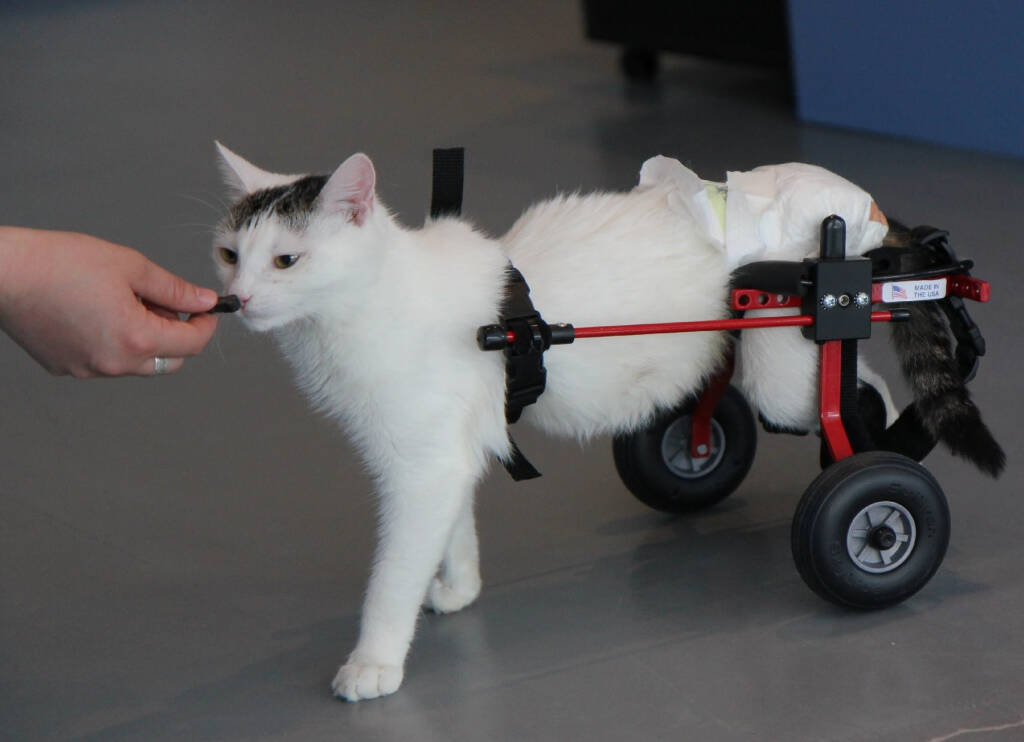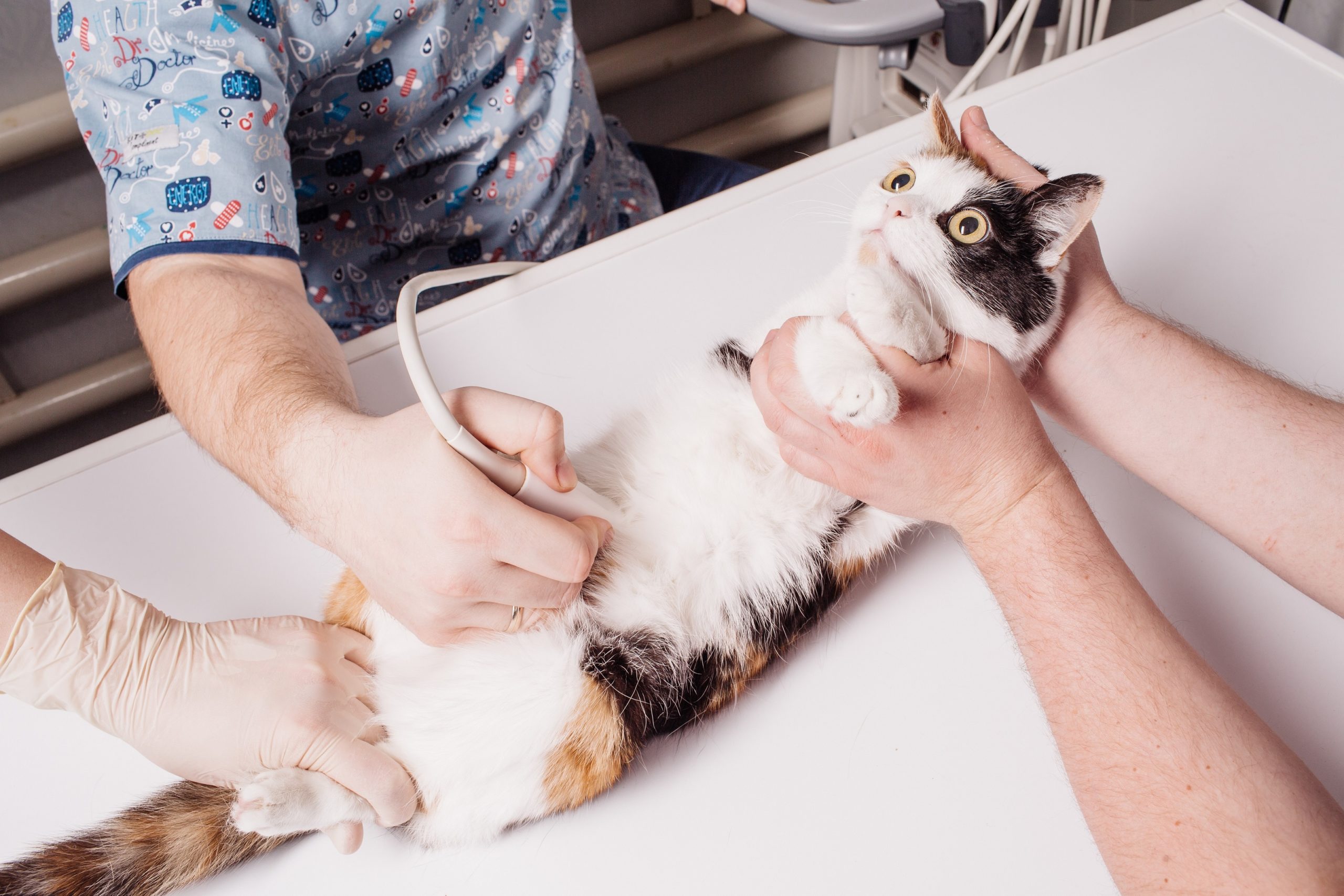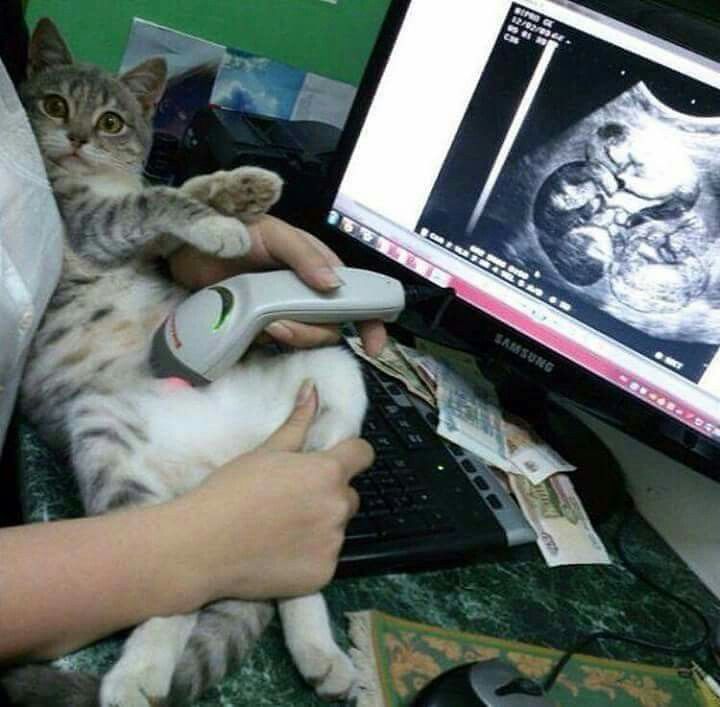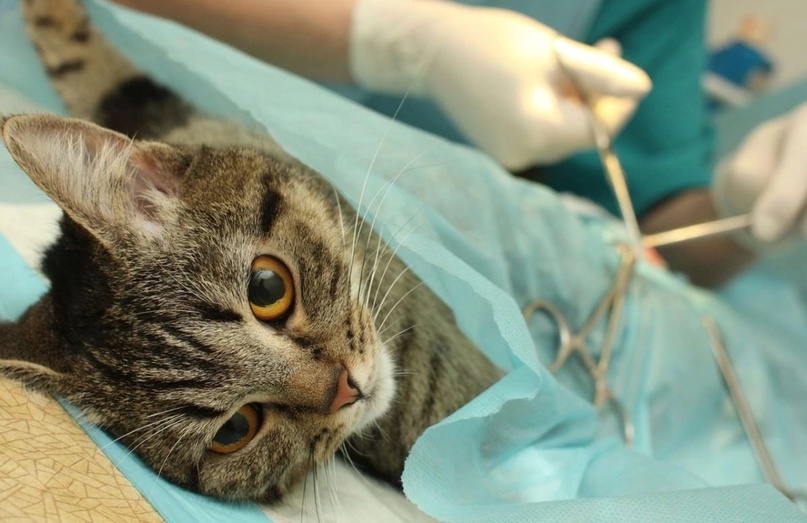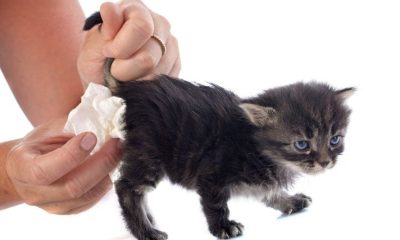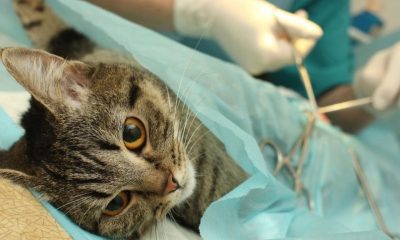Genetic Factors
Genetic factors are a significant contributor to the birth of dead and deformed kittens. Just like in humans, cats inherit traits from their parents, and sometimes these traits can lead to health problems. Genetic mutations or abnormalities can occur during the development of the kitten in the womb, leading to various deformities.
One common genetic factor that can result in the birth of dead and deformed kittens is inbreeding. When cats with similar genetic backgrounds mate, there is a higher chance of passing on faulty genes. This can lead to a variety of health issues in the offspring, including physical deformities. Breeding cats should always be selected carefully to minimize the risk of genetic abnormalities.
Another genetic factor that can contribute to dead and deformed kittens is chromosomal abnormalities. These abnormalities can occur spontaneously during the development of the embryo and can lead to a wide range of birth defects. For example, a kitten may be born with an extra chromosome or missing a chromosome, which can disrupt the normal development of its organs and body systems.
Certain breeds of cats are also more prone to genetic disorders than others. For example, the Persian breed is known to have a higher incidence of genetic abnormalities such as polycystic kidney disease. Breeders and cat owners should be aware of these genetic predispositions and take steps to minimize the risk by ensuring responsible breeding practices and regular health screenings.
It’s important to note that genetic factors alone may not always result in dead or deformed kittens. Sometimes, environmental factors can interact with genetic predispositions and exacerbate the likelihood of birth defects. For example, if a pregnant cat with a genetic predisposition to certain deformities is also exposed to toxins or chemicals during pregnancy, the risk of birth defects may increase.
Understanding the role of genetic factors in the birth of dead and deformed kittens is crucial for cat owners and breeders alike. By being aware of the potential risks, steps can be taken to minimize these risks through responsible breeding practices, regular health screenings, and avoiding the mating of cats with known genetic abnormalities. It’s our duty as cat lovers to ensure the health and well-being of these precious creatures, and that starts with understanding and addressing the genetic factors that can contribute to their unfortunate birth conditions.

 Cats1 year ago
Cats1 year ago
 Cats8 months ago
Cats8 months ago
 Dogs2 years ago
Dogs2 years ago
 Birds1 year ago
Birds1 year ago
 Cats8 months ago
Cats8 months ago
 Cats8 months ago
Cats8 months ago
 Horses1 year ago
Horses1 year ago
 Dogs8 months ago
Dogs8 months ago
